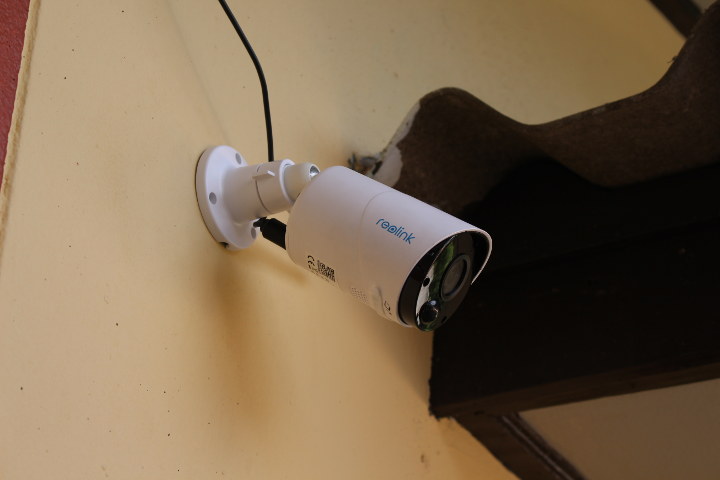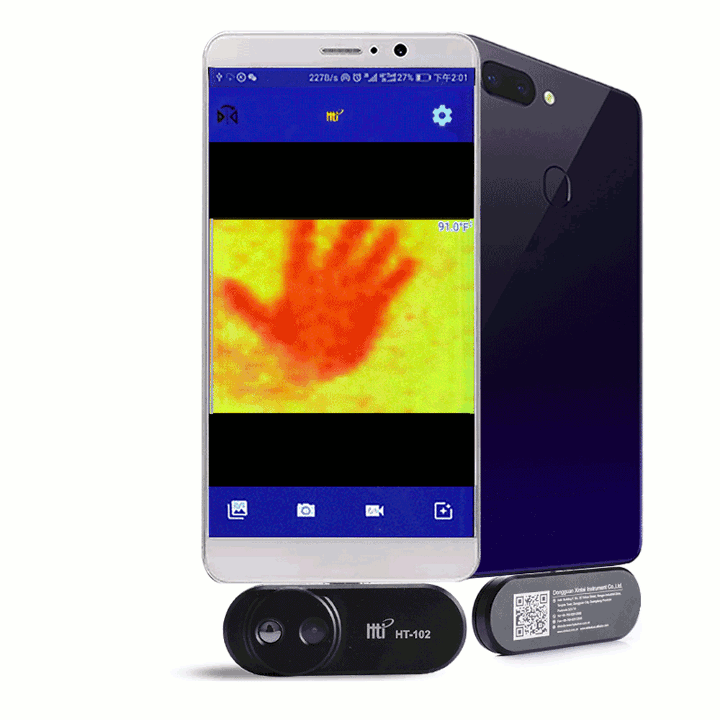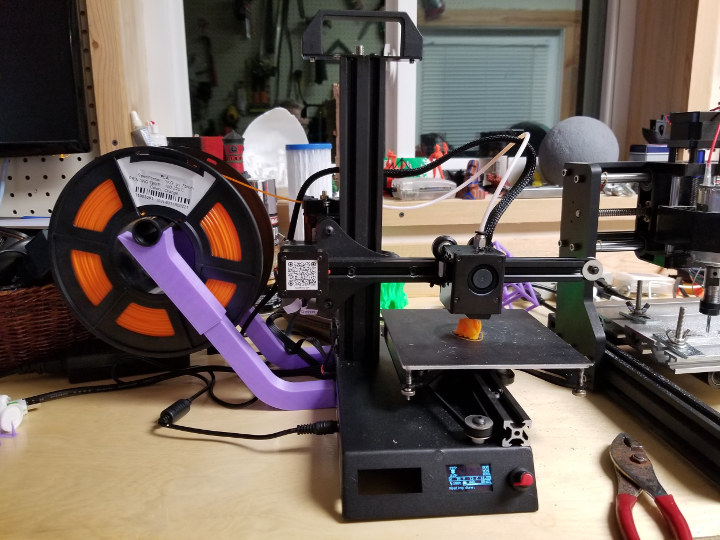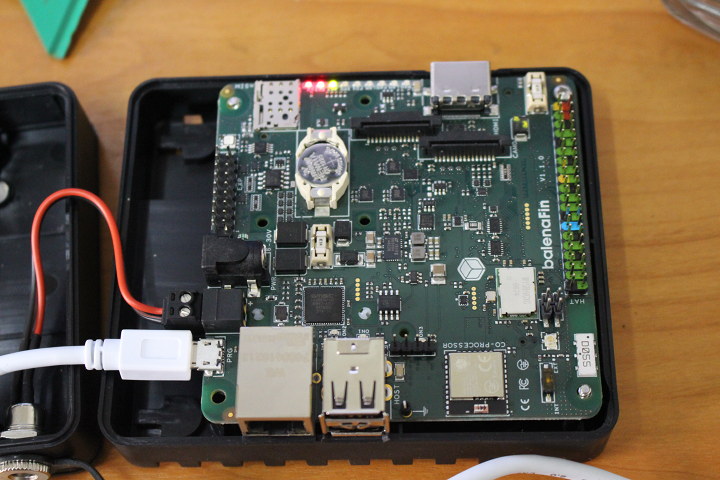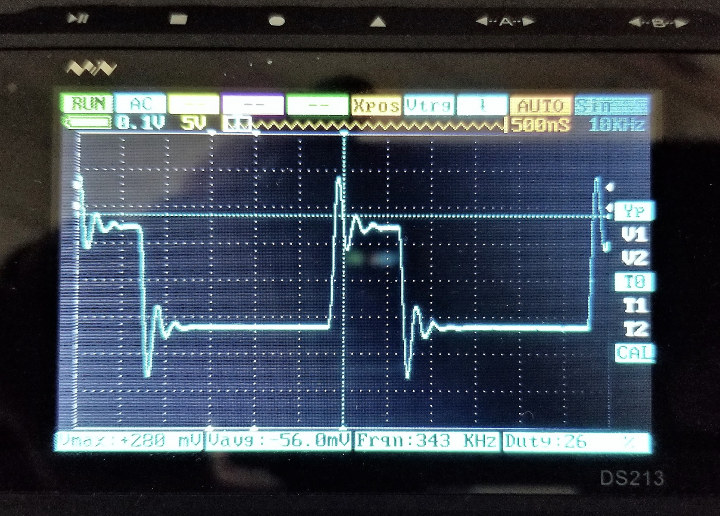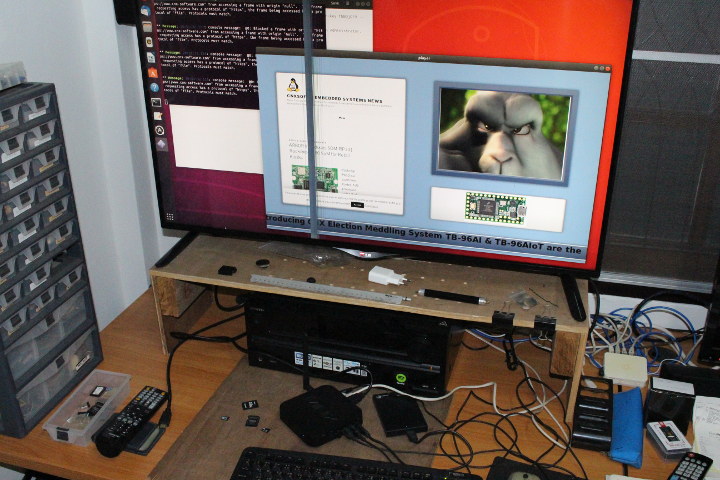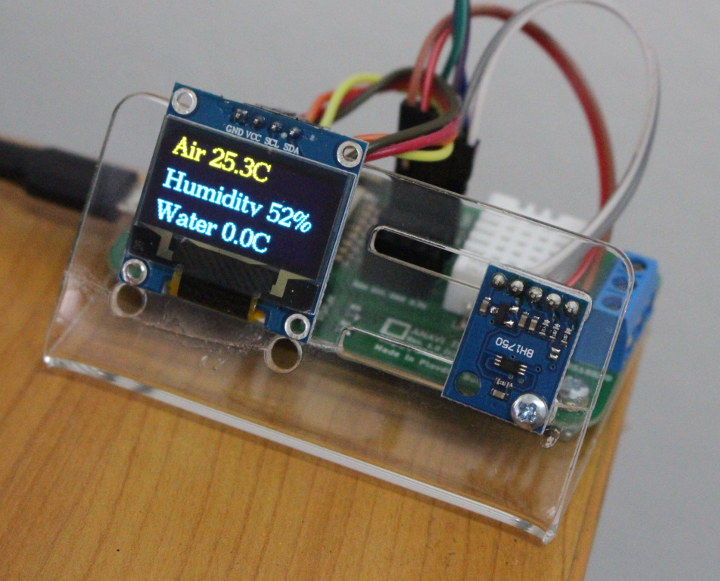Hey Karl here. Back in September of 2018 I reviewed the Sainsmart Genmitsu 3018 Pro. Sainsmart has now further upgraded the 3018 and asked for a review of it. Let’s take a look at the changes and the evolution of the 3018 and see if the increase in price is worth it. You can find the original 3018 on sale for about $200. The pro version can be found for about $250, and the CNC Router 3018-MX3 for $350. I won’t go into too much detail like I did in the previous review. I suggest reading the pro version after reading this one. Most of the experiences and solutions apply to this version. Build Building the CNC Router 3018-MX3 was a breeze. The instructions are fantastic. I struggled a little bit to read the small booklet that came with the kit and afterwards I found a PDF on the Sainsmart […]
Reolink Argus Eco Review – A Sub-$100 Solar Powered Security Camera
I’ve been thinking about installing one or more IP camera in my home for a while, and for ease of installation and considering I’m renting, my preference was to go with one of those battery IP cameras similar to Amazon (Immedia) Blink IP camera or Eufy EverCam security camera that last six months to one year on a single charge. But earlier this year I came across Reolink Argus 2 battery powered security camera that looks like good value at $100, and also came with an optional solar panel so you don’t have to ever charge the camera. The company latter contacted me to know whether I’d be willing to try out their latest Reolink Argus Eco camera with similar features but an even lower $89.99 price tag. I got my sample a few weeks ago, and I had time to install it, and play around with the camera during […]
HT-102 is a $130 Thermal Camera for Android Phones
Thermal cameras are useful to accurately monitor the temperature of electronics components, people, fires, houses, and so on. Thermal imaging cameras can be relatively expensive and one way to lower the cost and make sharing of results easier is to get a model that connects to your smartphone. The ones listed on Amazon cost $200 and up, but you’ll find HT-102 thermal camera for Android phones on Chinese websites such as GearBest or Banggood for around $130. HT-102 specifications: Material: metal Capture Temperature Range – -20 to 300°C Accuracy – ±3℃ or ±5% of reading Resolution – 0.1℃ or 0.1℉ Working band – 8-14μm Horizontal viewing angle / vertical viewing angle – 43°±1°/ 43°±1° Infrared image resolution – 32 x 32 Visible image resolution – 640 x 480 Phone I/F – USB type-C port for data and power Dimensions – 60 x 30 mm Weight – 19 grams Temperature Range […]
Review of Zonestar Z6 Low-cost 3D Printer
Ugh…I don’t like calling these reviews. I like to say that I am sharing my experiences with the products. I have a fair bit of experience under my belt using 3D printers now but still don’t consider myself an “expert”. I think that I have had about a dozen come through here. Anyway on with the show. Today we are going to look at a very economical 3D printer: the Zonestar Z6. I have to say I wasn’t expecting much. I read/ watch a lot of reviews about 3D printers and sub $100 printers aren’t typically very good. Gearbest recently had the Zonestar Z6 on sale for $99 that Jean-Luc recently posted here on CNX Software but is currently $120. Let’s see how it prints. Some assembly required I designed a spool holder but not very good. The whole printer rocks when the full spool is on it. The tiny […]
Getting Started with balenaFin Developer Kit, balenaOS and balenaCloud
balena Fin is a carrier board for Raspberry Pi Compute Module 3/3+ designed specifically for industrial applications leveraging fleet management services provided by Balena. I received balenaFin developer kit last month, and in the first part of the reviewed shows how to assemble the kit. I’m now had time to spend more time with the kit, as well as BalenaOS Linux based operating system optimized for running Docker containers on embedded devices, and balenaCloud services to manage a fleet of devices from a web dashboard. I’ve mostly followed the instructions in the getting started guides here and there, and will document what I had to do to prepare the image, flash it to the board, and load a sample docker application locally, and through balenaCloud. Downloading and Configuring BalenaOS for balena Fin You’ll find BalenaOS in the download page. While we are using hardware based on a Raspberry Pi Compute […]
SainSmart DS213 Review – A Portable Mini Digital Storage Oscilloscope
Hey Karl here with another oscilloscope review. We are going to look at the DSO213 (aka DS213 mini DSO). It is a new handheld oscilloscope in the DSO line. I recently reviewed an oscilloscope that was a tethered USB oscilloscope and will use it as a comparison. The DSO213 is a compact, battery powered, oscilloscope that increases some specs over previous version the DSO203. DS213 Oscilloscope Unboxing and Teardown Pictures . I thought this was an interesting design choice. Pogo type pins connect this board. This series of scopes has been reviewed quite a bit and they have been well received and for a hobbyist they seem to be adequate. Model DSO213 DSO203 MCU STM32F103VE STM32F103VE ADC HWD9288 AD9288 Channels 2 analog, 2 digital 2 analog, 2 digital Analog Bandwidth 15MHz 8MHz Max Sample Rate 100MSa/s 72MSa/s Maximum Memory Depth 4K 4K Horizontal Sensitivity 100nS/Div~1S/Div(1-2-5sequence step) 0.1uS/Div~1S/Div(1-2-5sequence step) Vertical Sensitivity […]
MINIX NEO Z83-4U Review – Ubuntu 18.04, Kodi 18, and Xibo Digital Signage
MINIX NEO Z83-4U is a Cherry Trail mini PC pre-loaded with Ubuntu 18.04. I received a sample a little while ago, and in the first part of NEO Z83-4U review I checked out the specifications and hardware that appears to be exactly the same a MINIX NEO Z83-4 Pro mini PC, except for the eMMC flash capacity that has increased from 32GB to 64GB. Since the mini PC comes with an older Atom X5-Z8350 processor, and is designed for commercial applications, I’ve decided to make a slightly different review. We already now how the system is supposed to perform thanks to benchmarks with NEO Z83-4 mini PC running Windows 10 Pro, so I’ll just check the main features are working as expected in Ubuntu 18.04, test audio & video support in Kodi 18.1, and try out Xibo Linux open source digital signage CMS and player on the mini PC. MINIX […]
Getting Started with Temperature & Humidity Sensors on ESP8266 using ANAVI Thermometer
ANAVI Thermometer was launched on CrowdSupply in January. It is an ESP8266 WiFi board with a built-in DHT22 temperature and humidity sensor, support for external DS18B20 waterproof temperature sensor, as well as other sensors thanks to three I2C sensors. I received the ANAVI Thermometer starter kit last month, and I’ve only found time to play with it in the last few days. I’ll start with a unboxing, assembly guide, before showing it action, and I’ll try to make it interface with Home Assistant over MQTT. ANAVI Thermometer Starter Kit Unboxing The kit comes with ANAVI Thermometer board, a plastic stand, a USB to TTL debug board, an I2C OLED display, a few nuts and bolts, and a couple of KiCad and ANAVI stickers. Leon ANAVI also added a traffic light board and LEDs, but it’s not normally part of the kit 🙂 ANAVI Thermometer board include an ESP8266 module, AM2302 […]



